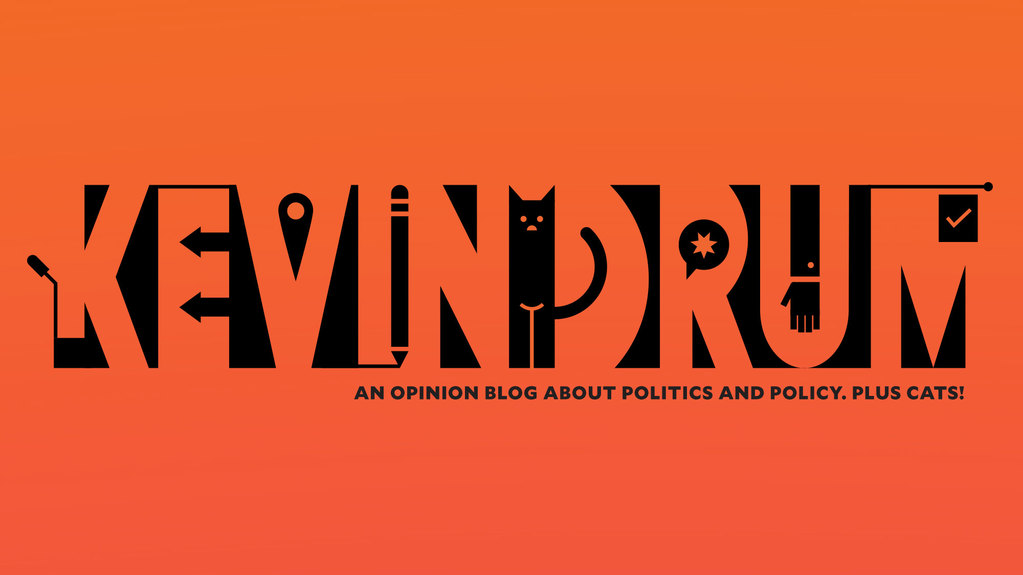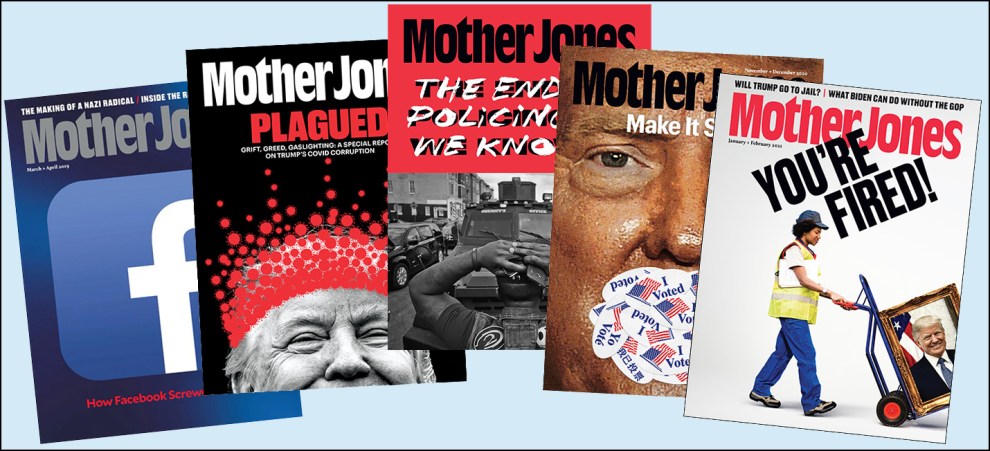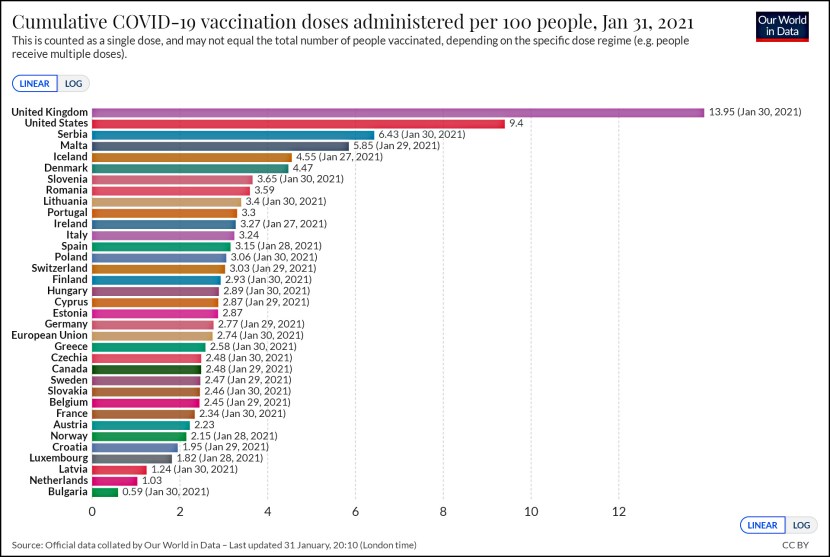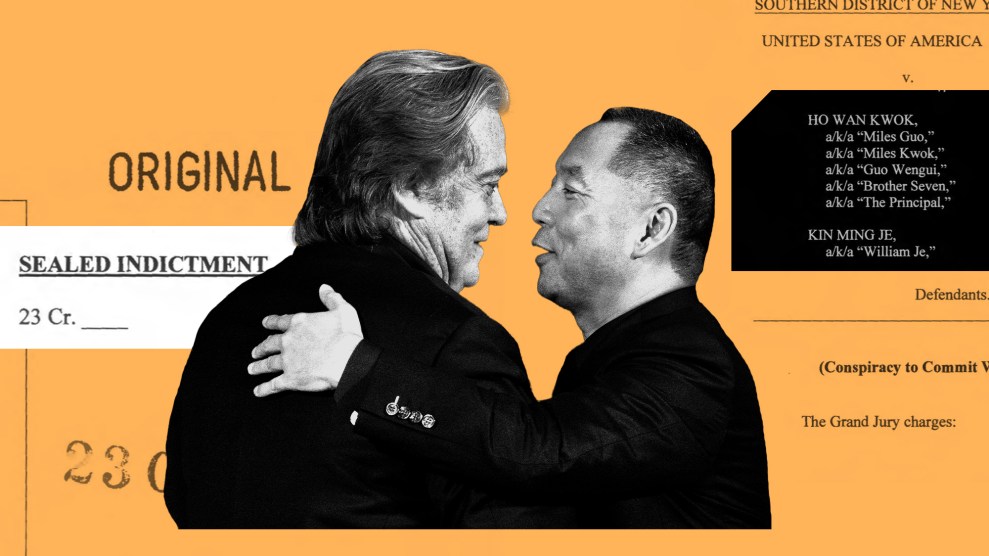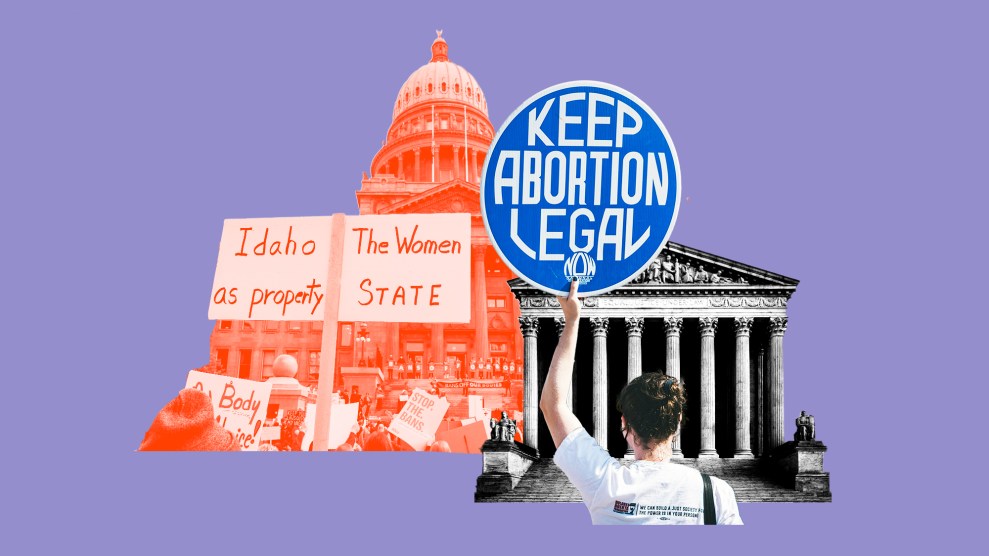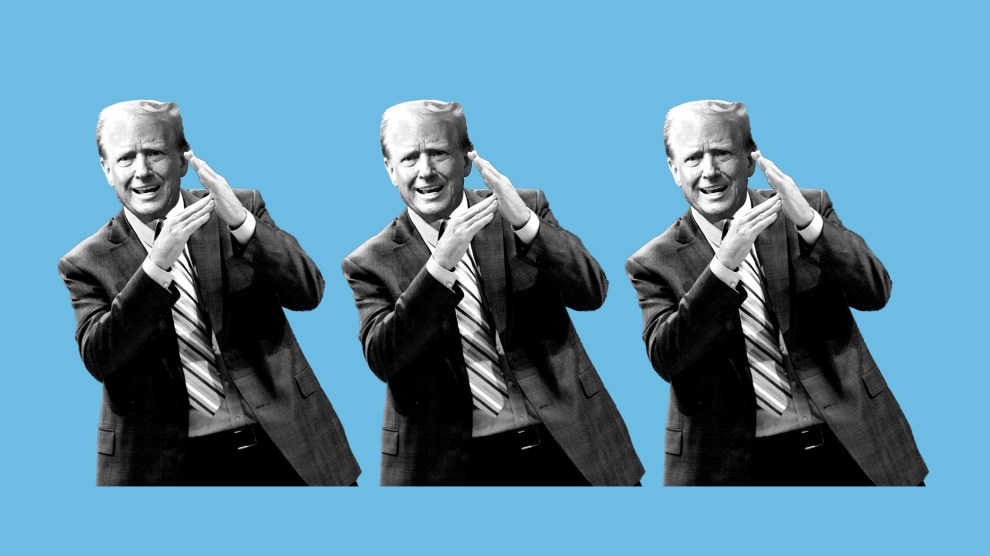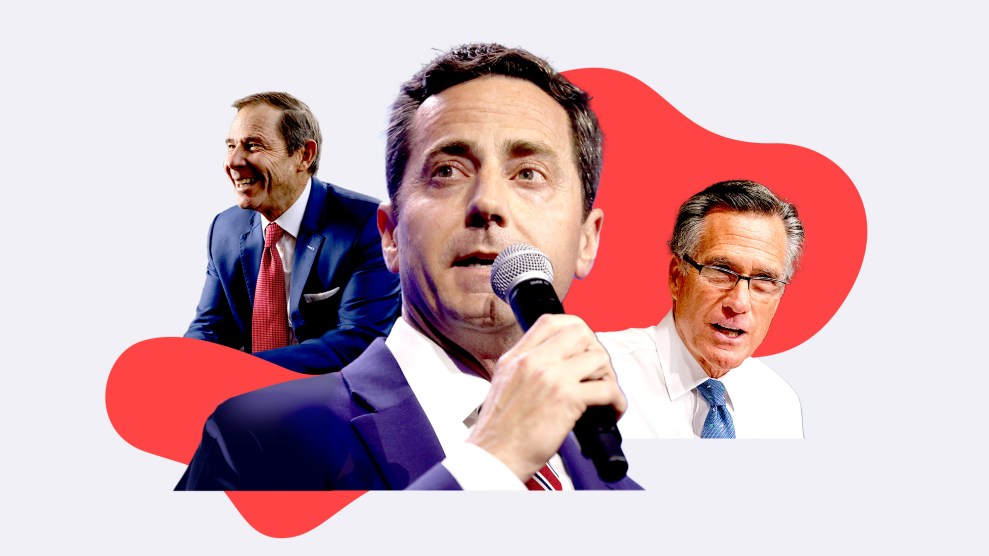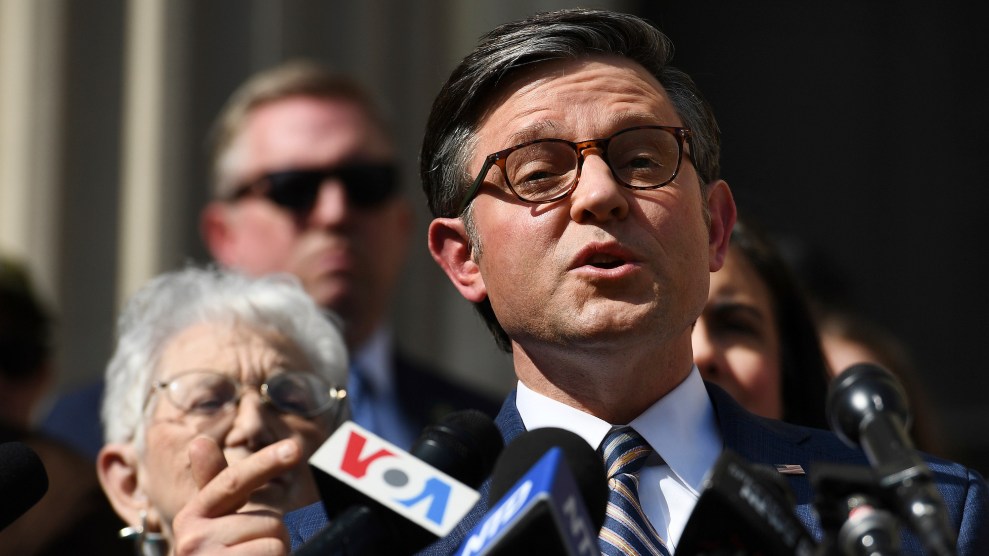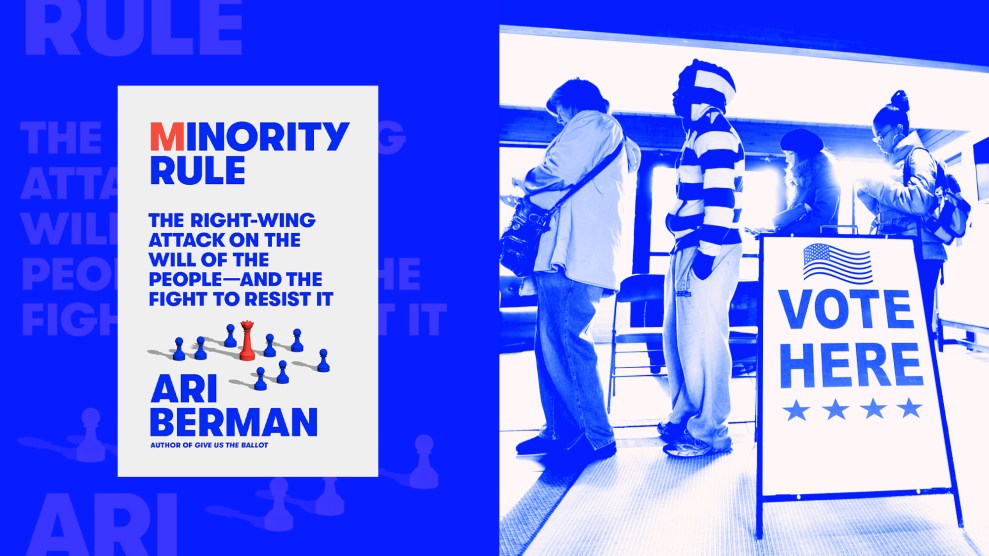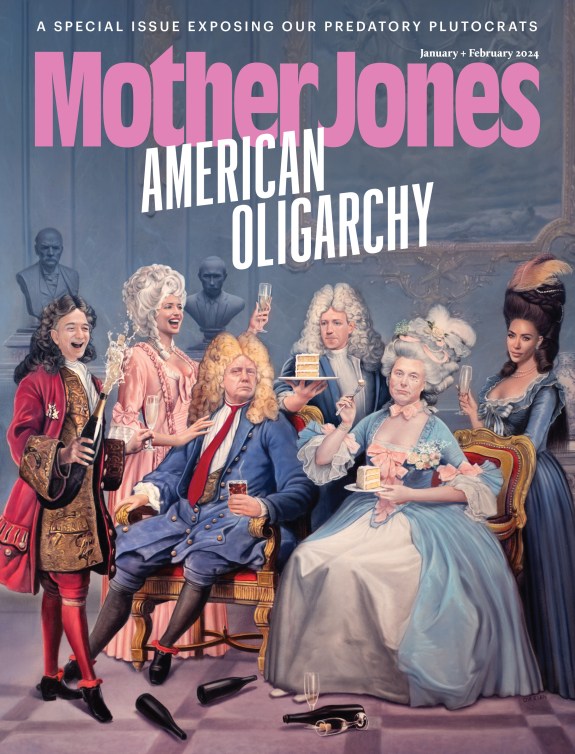MY TAKE ON THE PAULSON PLAN….Will the Paulson bailout work? Is it the really best solution to our financial problems? Before I answer, my standard caveat: I’m a semi-informed, non-credentialed amateur who has no experience in the finance world and only barely understands exactly how this crisis has unfolded. If it makes you happy, you should feel free to echo this critique in more biting and sarcastic terms in comments.
That said, I think the answer is yes and yes. The leading alternative appears to be some version of nationalization: Recapitalize failing banks, nurse them back to health, and then sell off the government stakes sometime down the road. One advantage to doing this is that it automatically forces banks that made the dumbest mistakes to pay the highest price for rescue. Sweden, which faced a financial collapse in the early 1990s that was similar in some ways to ours (though different in others) did this and it seemed to work OK for them.
And it may yet come to that. It’s not a serious alternative right now because there’s simply no political support for it (there’s barely political support for the Paulson plan), but I’m skeptical that it’s the best solution anyway. Why twiddle our thumbs waiting for banks to fail? Why prop up entire institutions when their problems are narrowly focused on a particular class of assets? Who decides which banks are worth nationalizing and which ones aren’t?
The Paulson plan, by contrast, seems to have a pretty good chance of accomplishing multiple things:
-
Thanks to falling house prices and a general panic, toxic mortgage assets are currently valued by the market at about zero. This is plainly absurd: they’re worth quite a bit less than face value, but they aren’t worthless. The Paulson plan, by creating a mechanism to pay some kind of reasonable price for these assets, cleans up banks’ balance sheets and increases their capital base at the same time. Doing both those things is better than recapitalization alone.
-
Creating a controlled market in these assets should help to jumpstart the public market for all the toxic waste currently on bank balance sheets, not merely the parts of it that Treasury purchases. This will help the balance sheets of every bank in the industry, even the ones who don’t participate in the bailout. In this sense, we’re getting a very big bang for our buck.
-
Once prices are set, we’ll have a much better idea of which banks really are insolvent — or are likely to become insolvent shortly. This is pretty useful information. It gives us a better idea of the scope of the problem, and allows us to make rational decisions about whether to let banks fail or whether we really do have to nationalize them.
-
If it then turns out that we have to nationalize a bunch of banks, we can still do it. But the Paulson plan seems like a better first step: more focused, easier to manage, and with a good chance of unstopping the credit markets quickly and putting the finance industry back on its feet.
Letting Lehman Brother go bust was obviously a disaster. Everyone agrees we can’t let that happen again. And by all accounts, Paulson drove a pretty hard bargain when he nationalized AIG, one that quite possibly will end up being profitable for the taxpayers. The same might be true for the broader bailout, especially if the plan to get contingent equity shares in participating banks is included in the final legislation — as it seems to be. So I say: let him try to make the current bailout plan work. I think it’s got a good chance of working, and if it doesn’t, Plan B is still available.


